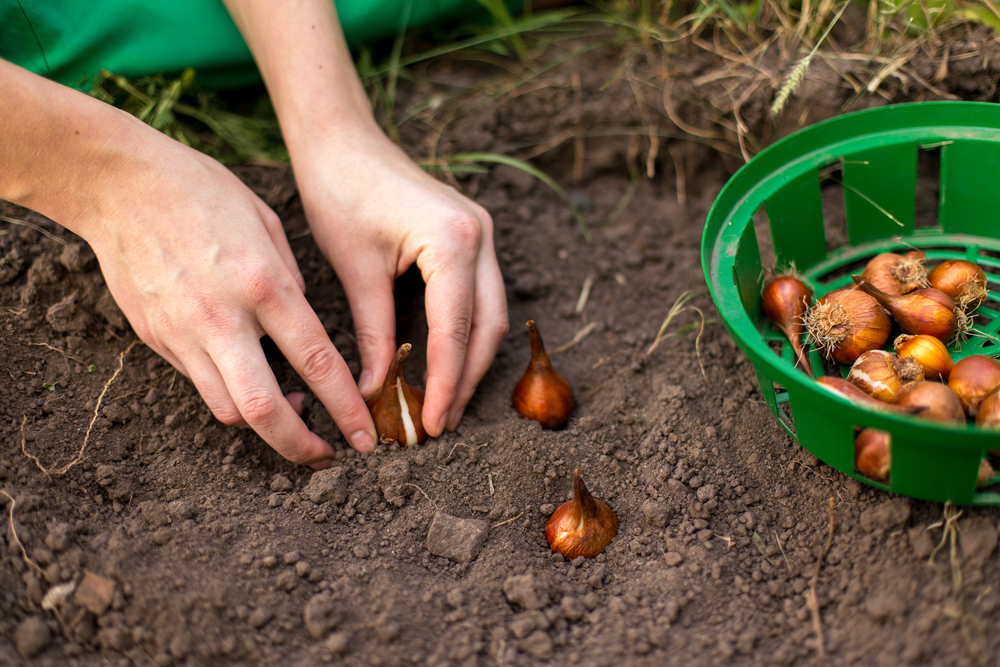Planting Bulbs
Article by Best Businesses

Colourful bulbs are calling out to us from the shelves of garden centres and from the pages of mail order catalogues. Their siren sounds seem to say, “Buy me, plant me, water me and you’ll be rewarded with my spring beauty.”To succumb to these irresistible cries is to play into the hands of the squirrels. Stop before it’s too late.
No, I’m not advocating a ban on bulbs, but rather a more cautious planting plan. Sure, race out and buy your bulbs now (before your naïve neighbours deplete supplies in their haste to feed the squirrels), but wait awhile before planting them. Look at the weather – it’ll tell you when the time is right – and listen for the silence – the hush of squirrels nesting for the winter instead of rustling around in your flowerbeds.
Weather is your first line of defense against squirrels. The cooler it gets, the more likely the squirrels will be settling down instead of frantically foraging for winter food supplies. And from the bulbs’ point of view, cooler weather is better too. That’s because cold weather is the signal that triggers root growth. When temperatures reliably hover between 10 and 5°C, bulbs start sprouting roots and preparing for winter hibernation, including going through a series of stages to prevent them from freezing. In the Toronto area, we typically reach these temperatures in early November. So stop and look at the thermometer before planting tulips, crocuses and other squirrel-tempting, spring-flowering bulbs.
Cooler days are only one signal that it’s time to plant. The other weather indicator is rainfall. Nothing foils squirrels more. That’s because squirrels are attracted to disturbed earth (squirrel brains conclude that buried treasures lie where the ground has been dug); and a good rainfall settles the soil, hiding planting holes. So, watch the skies and plan to plant just before a rainstorm – or turn on the sprinkler for a few hours after planting until the ground settles. The moisture will be good for the bulbs, too.
The later in the season you wait to plant, the more likely you’ll hear the sound of silence – that blissful point at which the squirrels know winter is imminent and the time to forage has ended. Last year I planted tulips in late November. First I dug the holes, then dropped in the bulbs and finally filled the holes with soil and compost. A few days later I noticed I had missed filling in some of the holes, and was amazed that the bulbs rested safely at the bottom, un-scavenged by the squirrels! If planted earlier, the bulbs would surely have been squirrel food.
Just how long you dare wait to plant bulbs depends a bit on the bulb: most need six weeks before the ground freezes to develop roots and prepare for freezing weather. Tulips, though, can be planted into frozen ground and still come up looking their best come spring. (Tip: Pre-dig the holes and fill them with newspaper until you’re ready to plant.)
So, go out and buy your bulbs, but stop, look and listen for the right time to plant.
